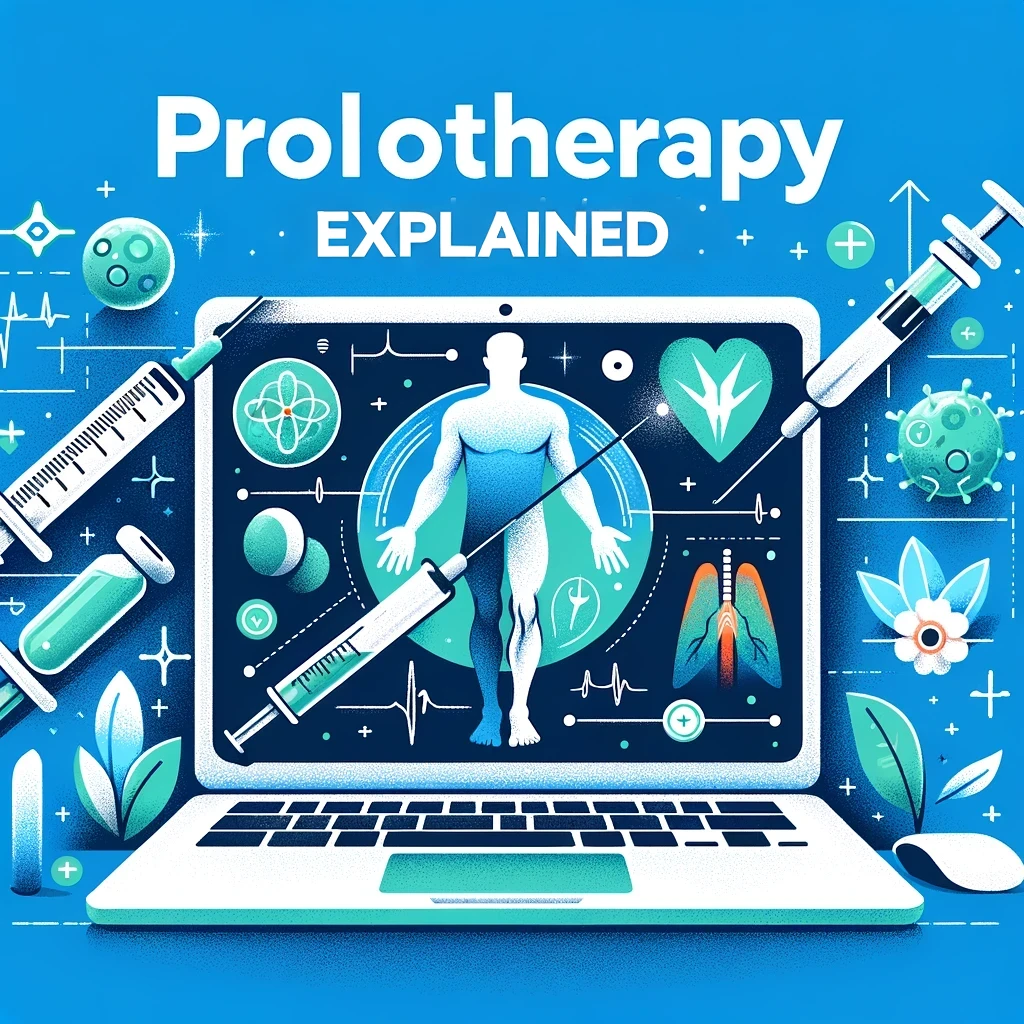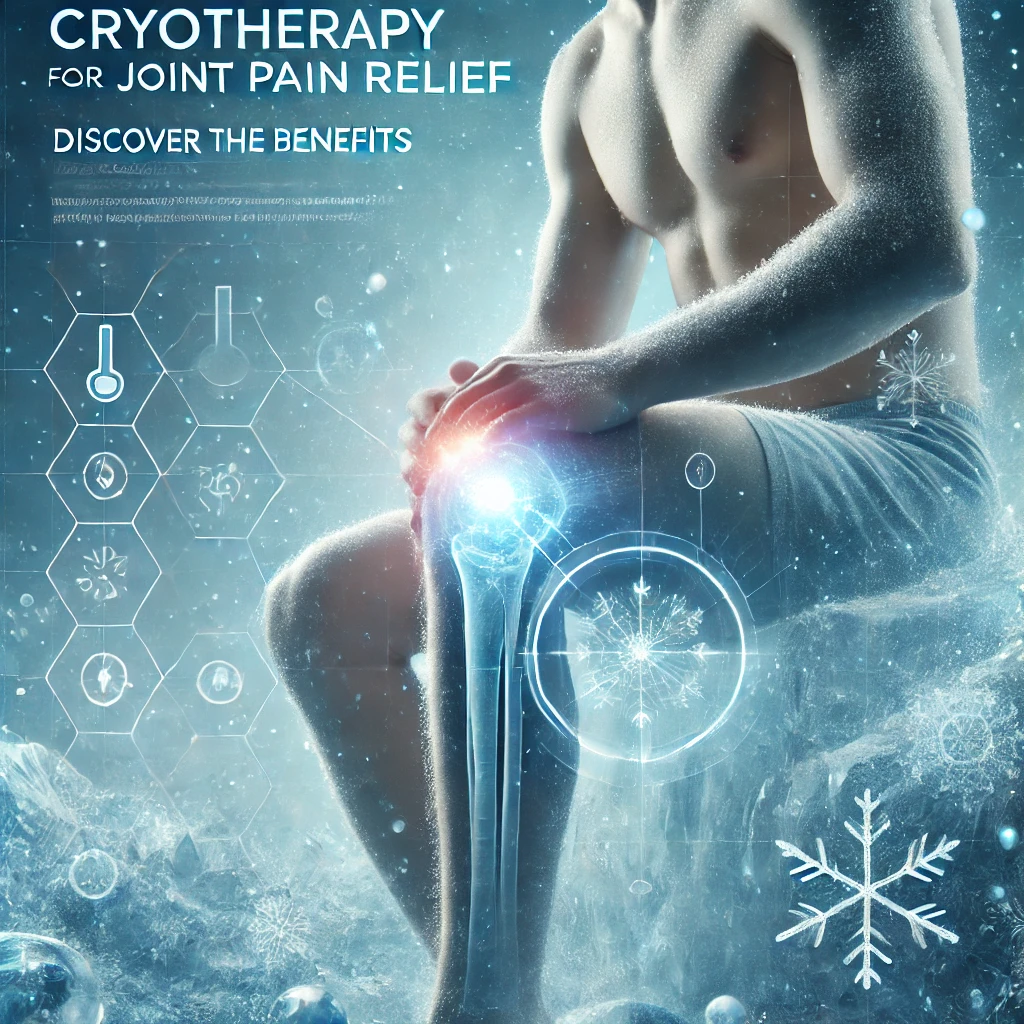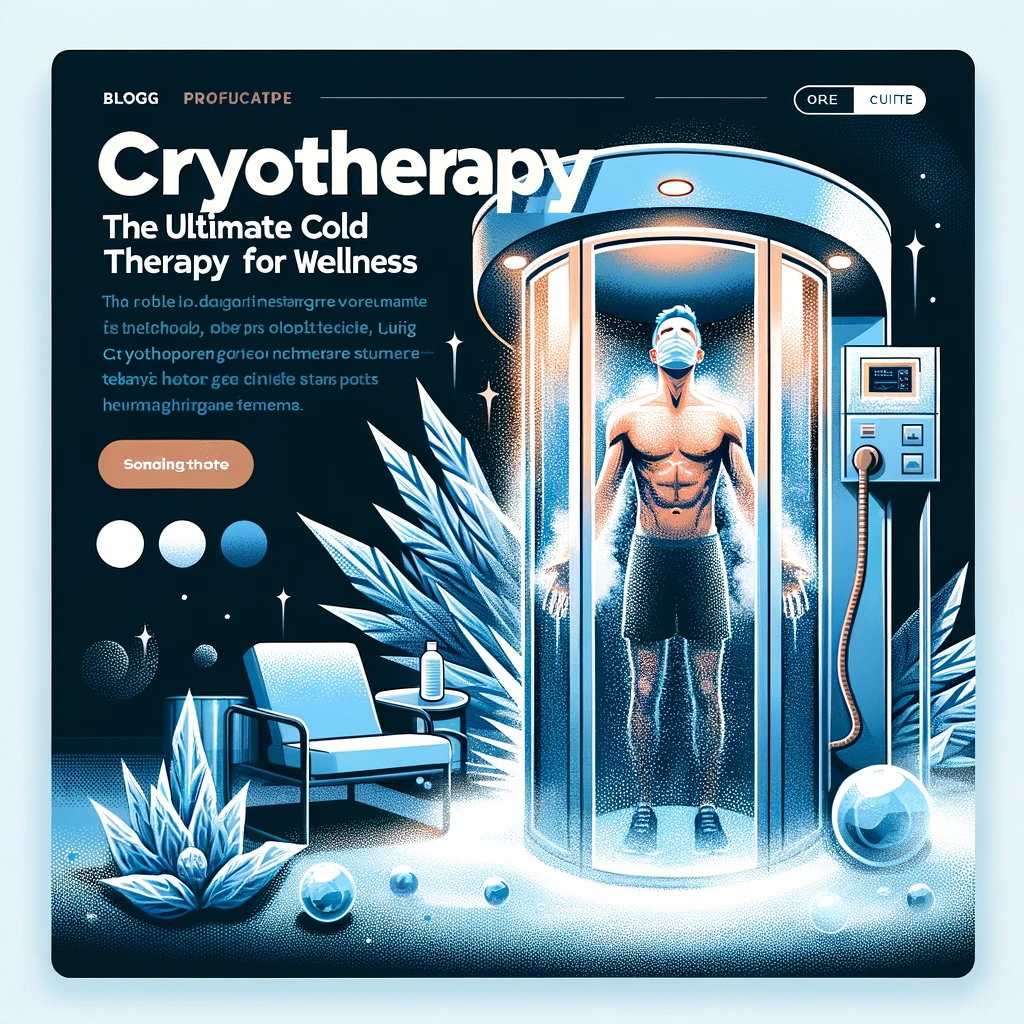
Table of Contents
Prolotherapy, also known as proliferation therapy or regenerative injection therapy, is a cutting-edge treatment option that has gained popularity for its effectiveness in treating chronic pain and musculoskeletal injuries. Unlike conventional treatments that often mask pain symptoms, prolotherapy aims to address the root cause by stimulating the body’s natural healing processes. In this article, we will explore what prolotherapy is, how it works, its benefits, and why it might be the right treatment for you.
Overview of Prolotherapy
Prolotherapy involves injecting a solution into the injured or painful areas, usually joints or tendons, to promote tissue repair and regeneration. This technique dates back to the 1930s but has evolved significantly with modern medical advancements. It is particularly noted for its application in treating conditions that have not responded well to other forms of treatment.
What is Prolotherapy?
Definition and Basics
Prolotherapy is a medical procedure that stimulates the body’s healing mechanisms. It involves the injection of an irritant solution, commonly dextrose, into the affected area. This injection triggers a localized inflammatory response, which in turn stimulates the body’s repair mechanisms to strengthen and heal the damaged tissue.
Core Principles
The core principle of prolotherapy is to induce controlled inflammation to kickstart the healing process. By irritating the targeted tissue, prolotherapy encourages the body to repair and strengthen the injured area, thereby reducing pain and improving function.
Conditions Treated
Prolotherapy is used to treat a variety of conditions including arthritis, tendonitis, ligament injuries and joint instability. It is particularly effective for chronic pain that has not responded to conventional treatments.
How Prolotherapy Differs from Other Treatments
Unlike pain medications that only mask symptoms, or surgery that physically alters the body, prolotherapy works by enhancing the body’s natural healing processes. It provides a non-surgical, minimally invasive option that focuses on the underlying causes of pain rather than just the symptoms.
How Prolotherapy Works
Mechanism of Action
Injection Process
During prolotherapy, a practitioner injects a solution into the injured area. The most commonly used solution is hypertonic dextrose, but other substances such as saline, PRP (Platelet-Rich Plasma) or stem cells may also be used. The solution creates mild irritation, prompting the body to send healing cells to the area.
Role of Irritants
The irritants in the solution act as a signal for the body to initiate an inflammatory response. This response leads to the formation of new, healthy tissue, which replaces or repairs the damaged tissue, thereby alleviating pain and restoring function.
Healing Response
Tissue Regeneration
The inflammation caused by the prolotherapy injection leads to increased blood flow and the influx of reparative cells. This process helps regenerate damaged ligaments, tendons, and cartilage, making the treated area stronger and more stable.
Inflammation and Repair
While inflammation is typically seen as something to avoid, in the context of prolotherapy, it is a beneficial process. The controlled inflammation induced by prolotherapy stimulates the body’s healing response, leading to tissue repair and pain relief.
Benefits of Prolotherapy
Pain Relief
Chronic Pain Management
Prolotherapy is highly effective in managing chronic pain, particularly in joints and tendons. By addressing the underlying damage, prolotherapy helps reduce the need for long-term pain medications and their associated side effects.
Acute Pain Reduction
In addition to chronic conditions, prolotherapy can also provide relief from acute pain resulting from injuries or overuse. The treatment helps reduce inflammation and promotes quicker recovery from acute episodes.
Improved Joint Stability
Strengthening Ligaments and Tendons
One of the key benefits of prolotherapy is its ability to strengthen ligaments and tendons. By promoting tissue repair, prolotherapy helps improve joint stability, reducing the risk of future injuries and enhancing overall joint function.
Enhancing Joint Function
As the injected solution promotes healing and strengthening, patients often experience improved joint function. This enhancement leads to better mobility and reduced pain during daily activities.
Natural and Non-Invasive
Alternative to Surgery
Prolotherapy offers a non-surgical alternative for treating musculoskeletal pain and injuries. For many patients, it provides a less invasive option with a shorter recovery time compared to surgery.
Minimal Side Effects
Because prolotherapy uses natural solutions and promotes the body’s own healing processes, it generally has fewer side effects compared to pharmacological treatments. Most side effects are mild and temporary, such as swelling or discomfort at the injection site.
Who Can Benefit from Prolotherapy?
Common Conditions Treated
Arthritis
Prolotherapy is effective in treating arthritis by promoting the repair of joint cartilage and reducing inflammation. It can help alleviate the pain and stiffness associated with arthritis, improving joint function and quality of life.
Tendonitis
Tendonitis, or inflammation of the tendons, can be effectively treated with prolotherapy. The treatment helps reduce inflammation and promotes the healing of damaged tendons.
Joint Instability
Prolotherapy is particularly beneficial for joint instability, which can result from ligament or tendon damage. By strengthening these tissues, prolotherapy improves joint stability and reduces the risk of dislocations and other complications.
Ideal Candidates
Assessment Criteria
Ideal candidates for prolotherapy are those who have not found relief from conventional treatments such as physical therapy, medications, or even surgery. Patients should be in overall good health and have realistic expectations about the outcomes of prolotherapy.
Exclusion Criteria
Prolotherapy may not be suitable for individuals with certain health conditions or those who are pregnant. It’s important to undergo a thorough evaluation by a qualified practitioner to determine if prolotherapy is the right treatment option for you.
Prolotherapy Procedure
Pre-Treatment Considerations
Patient Evaluation
Before undergoing prolotherapy, a thorough evaluation is conducted to assess the patient’s overall health and the specific condition being treated. This evaluation includes a medical history review, physical examination, and sometimes imaging studies.
Preparation Steps
Patients may be advised to stop taking anti-inflammatory medications a few days before the procedure, as these can interfere with the inflammatory response that prolotherapy aims to induce.
During the Treatment
Injection Sites
The specific injection sites are determined based on the patient’s condition and the areas of pain. The practitioner injects the prolotherapy solution directly into these sites to stimulate healing.
Sensations and Expectations
Patients may experience a mild burning or aching sensation during the injection, which is typically brief. The entire procedure usually takes about 30 to 60 minutes, depending on the number of injections needed.
Post-Treatment Care
Recovery Guidelines
After the procedure, patients are typically advised to rest and avoid strenuous activities for a few days. Mild pain or swelling at the injection sites is common and usually subsides within a few days.
Follow-Up Appointments
Follow-up appointments are important to monitor progress and determine if additional prolotherapy sessions are needed. The number of treatments required varies depending on the severity of the condition and the patient’s response to the therapy.
Safety and Side Effects
Common Side Effects
Temporary Discomfort
Temporary discomfort at the injection site is common after prolotherapy. This may include mild pain, swelling or redness, which usually resolves within a few days.
Swelling and Redness
Swelling and redness are normal inflammatory responses and are indicative of the body’s healing process. These side effects are typically mild and transient.
Rare Complications
Infection
Although rare, there is a risk of infection at the injection site. Proper sterile techniques and aftercare can minimize this risk.
Allergic Reactions
Allergic reactions to the injected solution are uncommon but possible. Patients should inform their practitioner of any known allergies before undergoing prolotherapy.
Mitigating Risks
Choosing a Qualified Practitioner
Selecting a qualified and experienced practitioner is crucial to minimize risks and ensure the success of prolotherapy. Verify the credentials and experience of the practitioner before proceeding with treatment.
Adhering to Aftercare Instructions
Following aftercare instructions is essential for optimal recovery. This includes avoiding anti-inflammatory medications, following activity restrictions, and attending follow-up appointments.
Comparing Prolotherapy with Other Treatments
Prolotherapy vs. Surgery
Pros and Cons
Prolotherapy offers a non-surgical option with a shorter recovery time and fewer risks compared to surgery. However, it may require multiple sessions and is not suitable for all conditions that typically require surgical intervention.
Recovery Time
The recovery time for prolotherapy is generally shorter than for surgery, with most patients resuming normal activities within a few days. This makes it an attractive option for those looking to avoid the extended downtime associated with surgical procedures.
Prolotherapy vs. Physical Therapy
Complementary Benefits
Prolotherapy and physical therapy can complement each other. While prolotherapy promotes tissue healing, physical therapy can help strengthen muscles and improve joint function, enhancing overall outcomes.
Treatment Synergy
Combining prolotherapy with physical therapy can provide synergistic benefits, addressing both the structural and functional aspects of musculoskeletal health.
Prolotherapy vs. Pain Medications
Long-Term Effectiveness
Unlike pain medications, which only provide temporary relief, prolotherapy addresses the underlying causes of pain, offering long-term benefits. This reduces the need for ongoing medication and its associated side effects.
Risk of Dependency
Prolotherapy provides a non-addictive alternative to pain medications, reducing the risk of dependency and allowing patients to manage their pain without the use of pharmaceuticals.
Research and Evidence
Clinical Studies
Efficacy in Pain Management
Numerous clinical studies have demonstrated the efficacy of prolotherapy in managing pain and improving joint function. These studies support the use of prolotherapy as a viable treatment option for chronic pain conditions.
Joint Function Improvement
Research shows that prolotherapy can significantly improve joint function by promoting the repair of damaged tissues and enhancing overall stability and mobility.
Cost and Accessibility
Treatment Costs
Factors Influencing Cost
The cost of prolotherapy can vary based on factors such as the number of injections needed, the practitioner’s expertise, and the geographic location. It is important to discuss costs with your provider beforehand.
Insurance Coverage
Insurance coverage for prolotherapy varies and may not be available in all cases. Check with your insurance provider to understand what is covered and explore payment options with your practitioner.
Finding a Prolotherapy Specialist
Location and Availability
Finding a prolotherapy specialist can depend on your location. Larger cities may have more practitioners offering prolotherapy, while it may be less available in rural areas.
Practitioner Credentials
Ensure that the practitioner you choose is certified and experienced in prolotherapy. Check their credentials, training and patient reviews to make an informed decision.
Future of Prolotherapy
Advancements in Technique
Prolotherapy techniques continue to evolve with advancements in medical research and technology. New solutions and injection methods are being developed to enhance the effectiveness and safety of prolotherapy.
Integration with Other Therapies
Prolotherapy is increasingly being integrated with other regenerative therapies, such as PRP and stem cell treatments, to provide more comprehensive care for musculoskeletal conditions.
Conclusion
Prolotherapy offers a promising treatment option for those seeking relief from chronic pain and musculoskeletal injuries. By harnessing the body’s natural healing processes, prolotherapy provides a non-surgical, minimally invasive alternative that can improve joint stability, reduce pain, and enhance overall function. Whether you’re dealing with arthritis, tendonitis or joint instability, prolotherapy may be worth considering as part of your treatment plan.
FAQs
How long does it take to see results from prolotherapy?
Results can vary, but many patients begin to notice improvements within a few weeks. Full benefits often require multiple sessions and may take a few months to achieve.
Is prolotherapy painful?
Some patients experience mild discomfort during the injection, but this is typically brief. Post-procedure soreness can occur but generally subsides within a few days.
How many prolotherapy sessions are typically needed?
The number of sessions required depends on the severity of the condition and the patient’s response to treatment. Typically, 3-6 sessions are recommended for optimal results.
Can prolotherapy treat all types of joint pain?
Prolotherapy is effective for many types of joint pain, especially those related to ligament or tendon damage. However, it may not be suitable for all conditions, such as those requiring surgical intervention.
What should I avoid after a prolotherapy session?
Patients are advised to avoid anti-inflammatory medications, strenuous activities and excessive heat on the treated area for a few days post-treatment to allow optimal healing.



